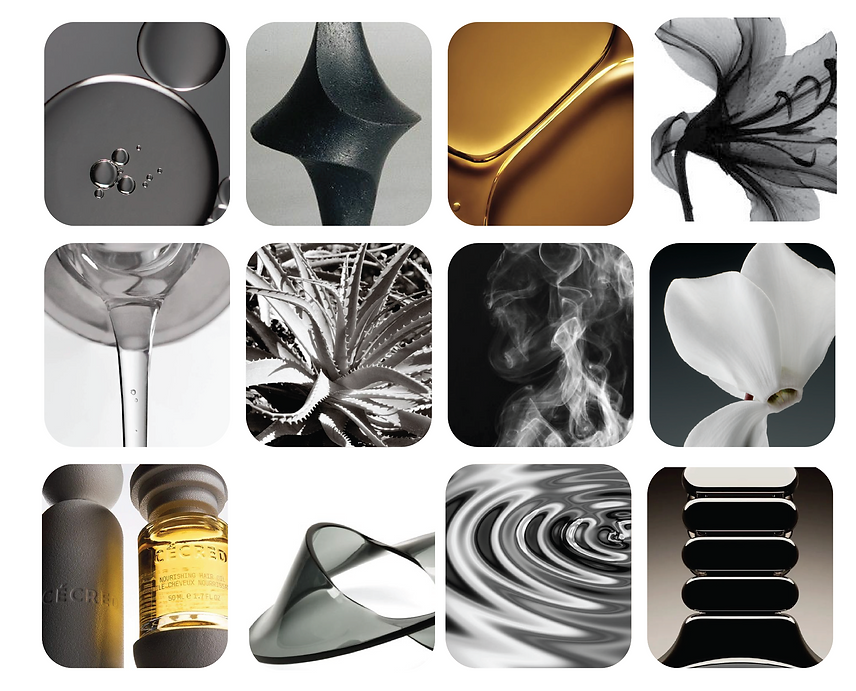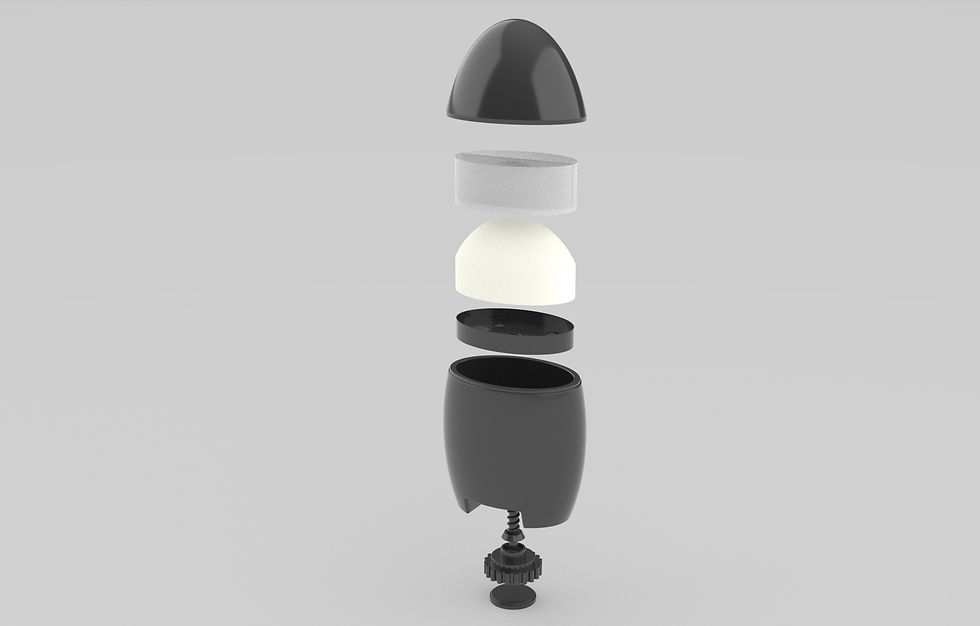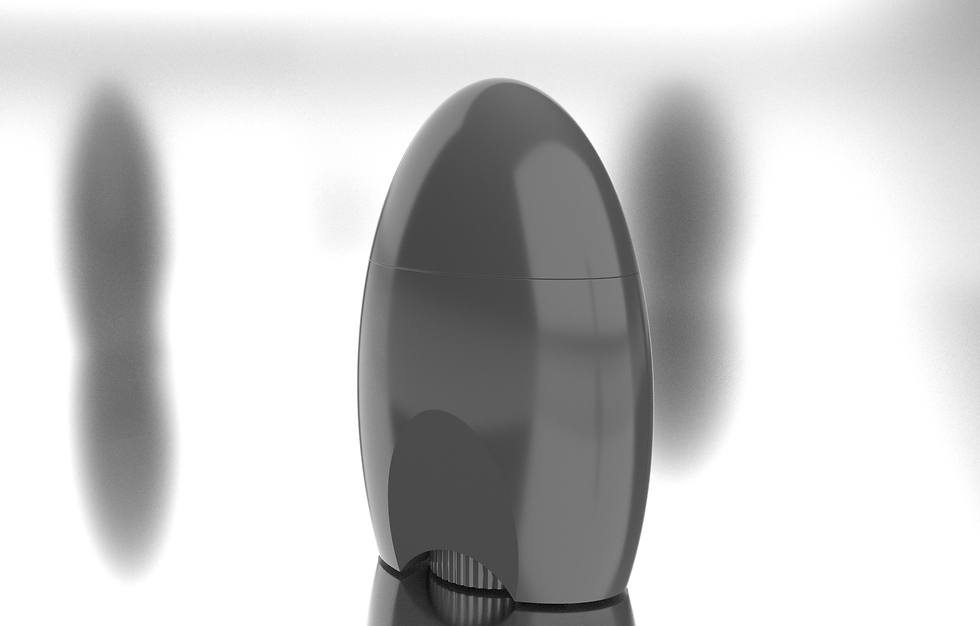
Design Objectives:
Artura All-Body Deodorant
-
Ergonomic Shape: Design a form that is comfortable to hold and easy to maneuver, especially for applying deodorant to hard-to-reach areas like the back and underarms.
-
Intuitive Grip: Incorporate textured or contoured surfaces to ensure a secure grip, even when hands are wet or slippery, promoting ease of use in various environments (e.g., shower, gym).
-
Compact & Portable: Ensure a sleek, compact design that easily fits into bags or travel kits, making it convenient for on-the-go use.
-
Minimalist Aesthetic: Emphasize clean lines and a modern silhouette to reflect Artura’s commitment to simplicity and sustainability, appealing to a wide range of consumers.
-
Eco-Friendly Materials: Prioritize sustainable, recyclable, or biodegradable materials that align with the brand’s environmentally conscious values.
-
Distinctive Profile: Create a unique, recognizable form factor that sets the product apart on the shelf while maintaining a cohesive brand identity.
-
User-Friendly Application: Design an applicator that dispenses the right amount of product efficiently, reducing waste and ensuring a smooth application.
-
Durability: Ensure the packaging is robust enough to withstand repeated use and various environments without compromising its aesthetic or functionality.
-
Refillable Option: Explore the potential for a refillable design to enhance sustainability, allowing customers to reuse the packaging.
-
Seamless Integration: Ensure the form aligns with the product’s branding and visual language, maintaining consistency across all touchpoints.
*IMAGE OF ORIGINAL PACKAGING AND BRANDING

3D Print Testing: These are a selection of the various iterations, each showcasing improvements and refinements made throughout my design process. By evaluating each prototype, I was able to make targeted alterations to enhance the form, ergonomics, and functionality of the final product.








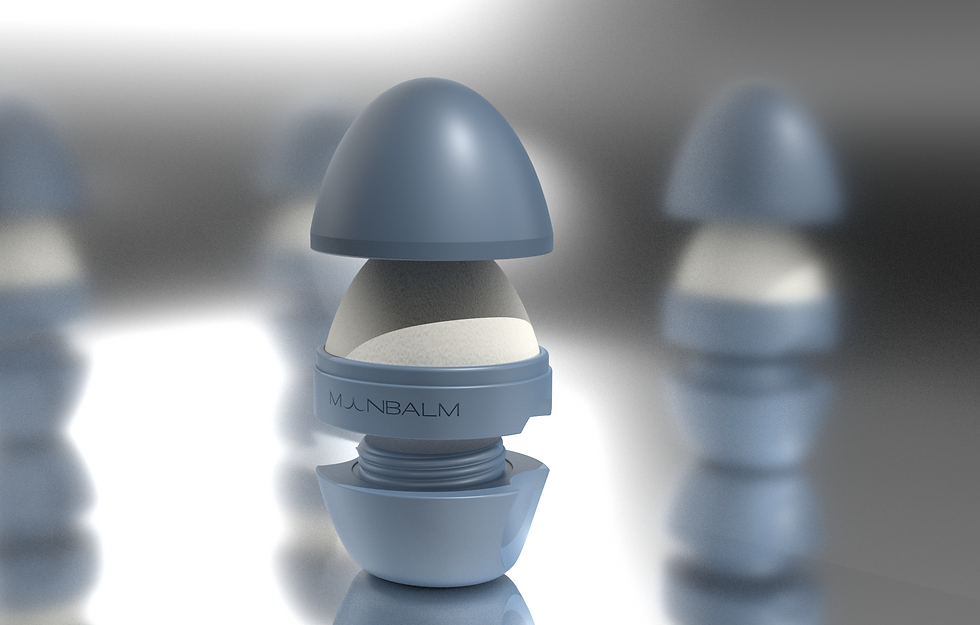
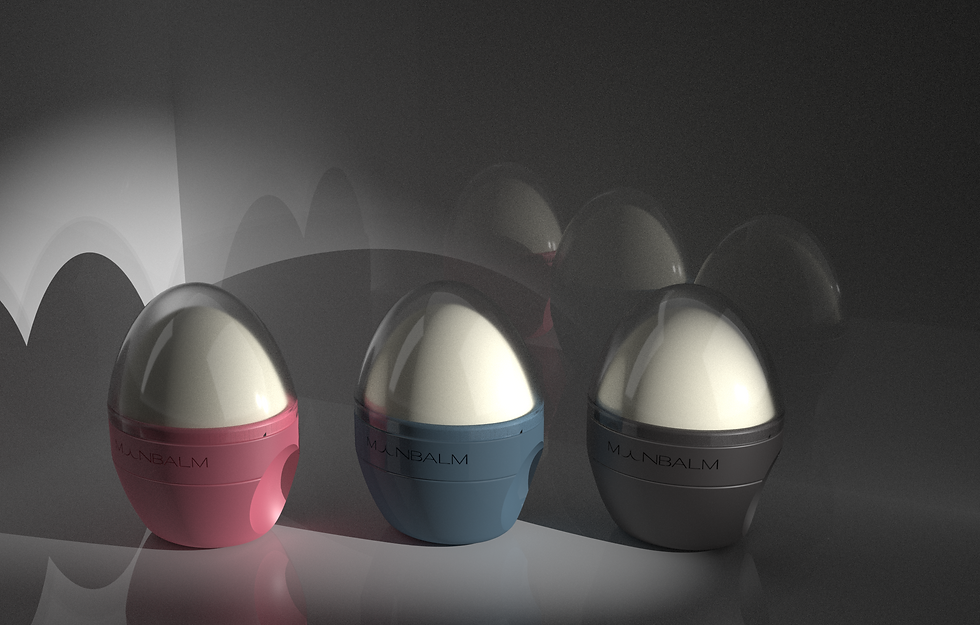
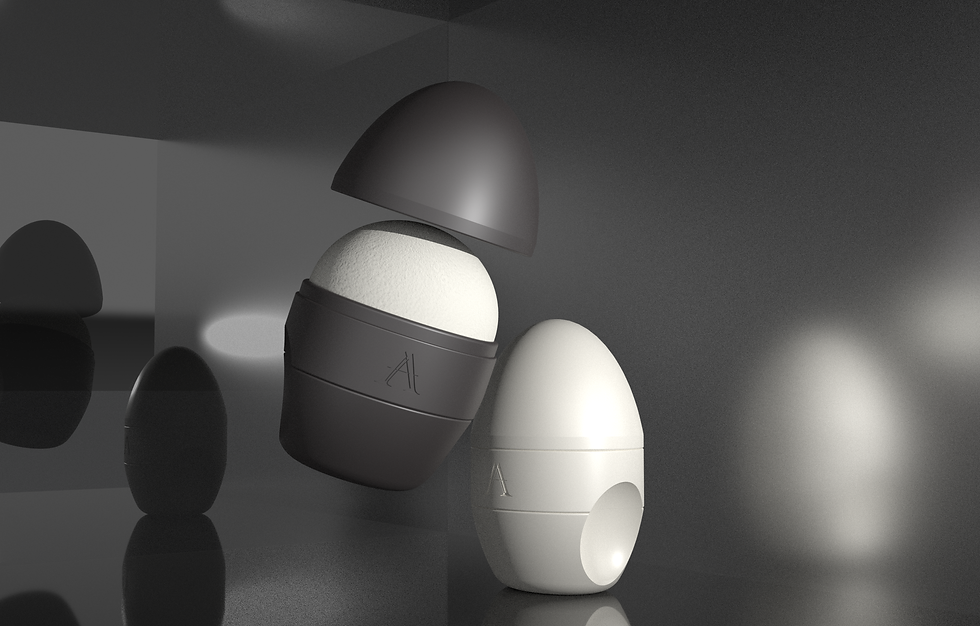




Based on user testing of the initial prototypes, we concluded that the grip placements should be moved to the front side and that the product depth should be reduced for improved ergonomics. Additionally, feedback revealed that the original design concept used an excessive amount of plastic for the refillable component, compromising its eco-friendliness. To address this, we opted for a sleeker, more streamlined design that minimizes material usage while maintaining ergonomic comfort.
